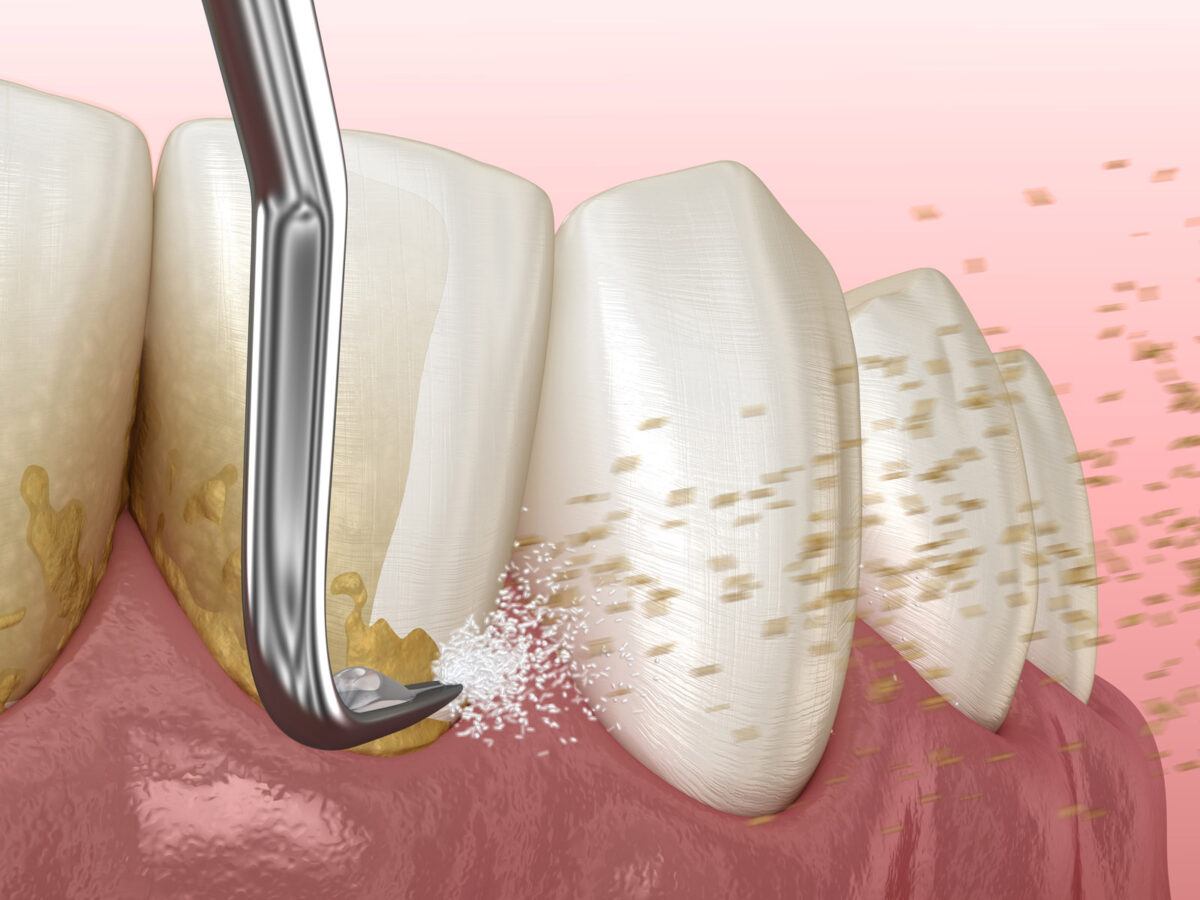Blog
Dental hygiene tips for healthy teeth & gums

What is Scaling and Root Planing?
Dental professionals (general dentists, dental hygienists, or periodontists) perform scaling and root planing as part of a tooth-cleaning procedure. The procedure gets rid of plaque and tartar below the gum line. The tartar and plaque under the gum line are removed during this cleaning. By doing so, harmful bacteria are prevented from growing. Additionally, it strengthens the bond between the gums and the teeth. Healthy gums and teeth can be restored with this treatment. This procedure can numb your mouth as it is more intricate than routine cleaning. It may take from one to four visits for the cleaning to be completed.
What are the signs that I need Root Planing and Scaling?
Periodontal evaluations and gum disease screenings may suggest it when it is shown that there has been gum infection and there’s a bone loss in the jaw. A computerized system measures the spaces between the teeth and gums and takes X-rays to detect the presence of periodontal disease. To diagnose gum disease, a thorough periodontal exam is necessary, but the following symptoms can point to its presence:
- An unpleasant tasting mouth or smell in the mouth
- Bleeding gums when you brush or floss
- Inflammatory gums, redness, or tenderness
- Receding gum lines
- A loose feeling or shifting of the teeth
- A pus-filled pocket between your teeth and gums
- More than 3mm deep periodontal pockets
When Do You Need It to Maintain Better Oral Health?
Taking this appointment might take some time due to the careful attention to detail this process requires. If bacteria are not removed thoroughly by your dentist, the infection will return and begin to eat away at your gum tissue, bone, and tooth structure. Most people with healthy teeth and gums need a dental checkup and cleaning twice annually; however, if you suffer from severe periodontitis, your dentist may recommend scaling and root planing at least twice annually or more. It is up to your dentist to determine how frequently you should be seen for periodontal disease. Patients are commonly seen every 3-4 months. It is also important that you maintain good oral hygiene at home in addition to your deep cleanings so that you will minimize your risk of reinfections and let your smile look, feel, and function at its best between appointments.
After Care Tips
For a week or more following a deep cleaning, you may have teeth sensitivity and discomfort. You may also experience swelling, tenderness, and bleeding in your gums. Depending on your needs, your dentist may prescribe you a pill or mouthwash to help you heal or prevent infection. A dentist may also insert medication into the pocket during the cleaning procedure. In a subsequent visit, your dentist will measure and assess the healing of your gums and pocket depth. It may be necessary to treat them further if they have grown deeper.
The risk of periodontal disease increases with age. Researchers have discovered a correlation between periodontal inflammation and other systemic issues like heart disease and diabetes when left untreated. When you notice signs of gum disease, it’s important to seek treatment as soon as possible. Periodontal disease can have serious consequences when left untreated.
Book your appointment now and get your dental issues resolved!


